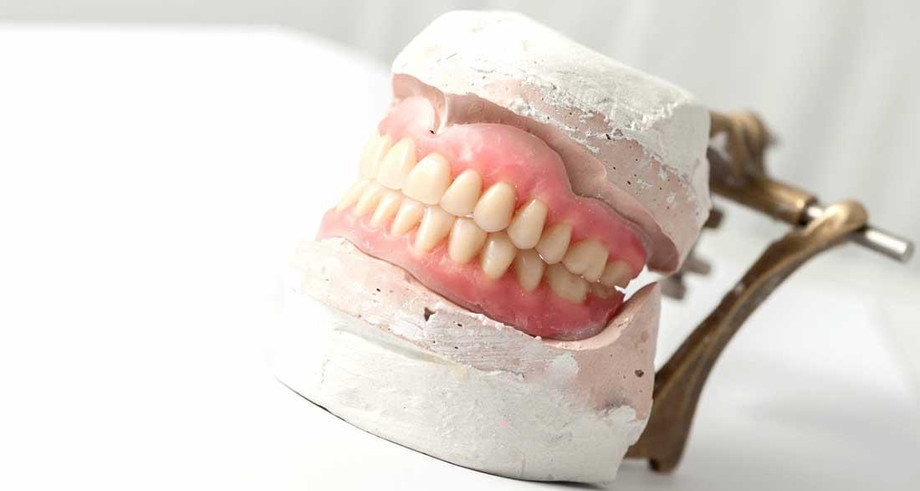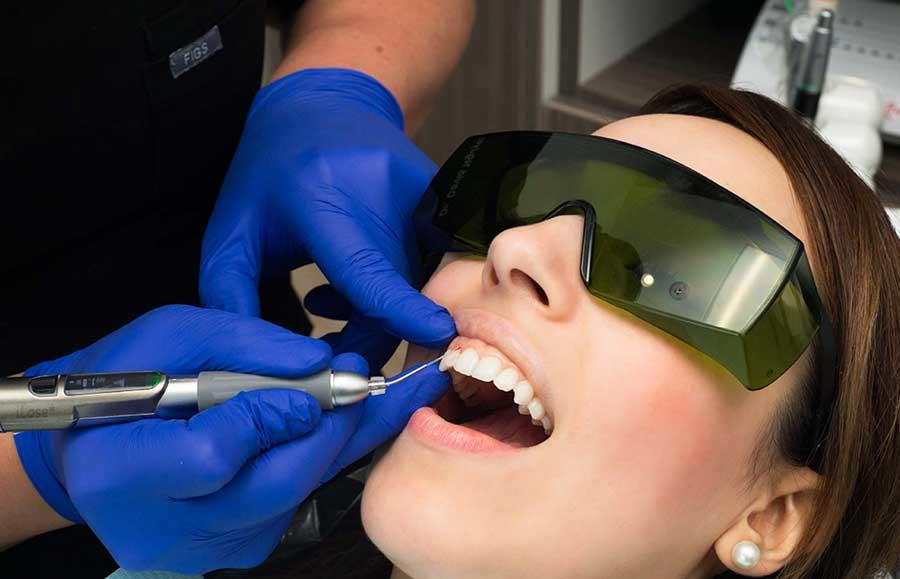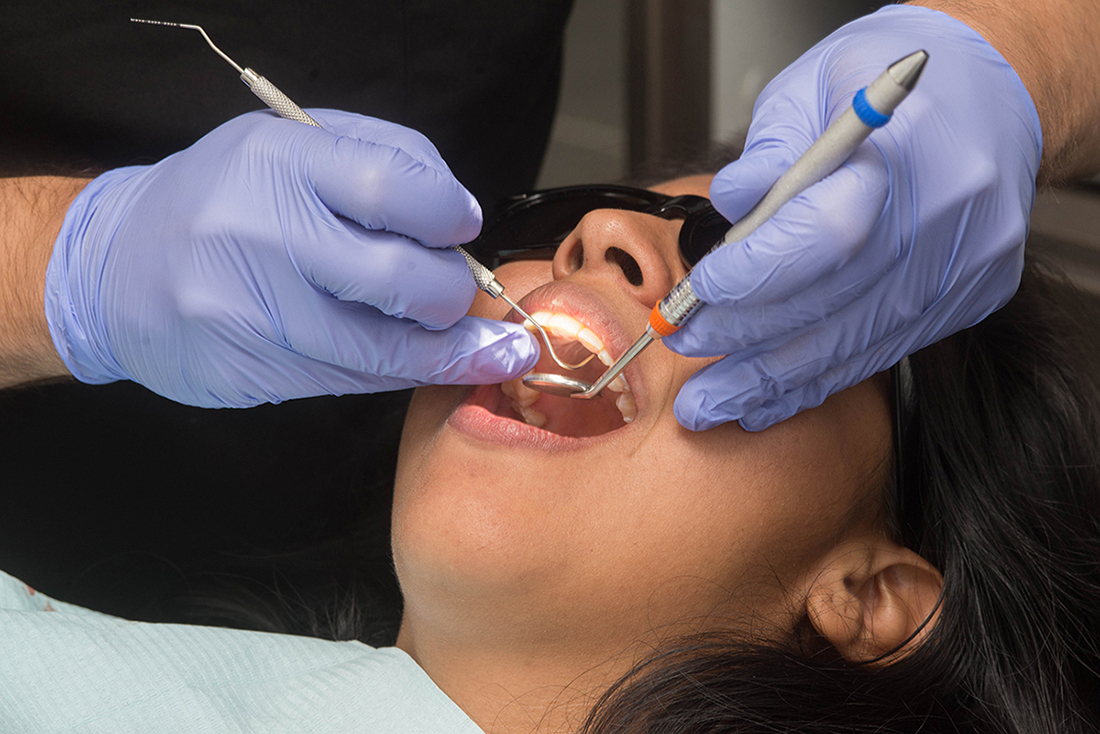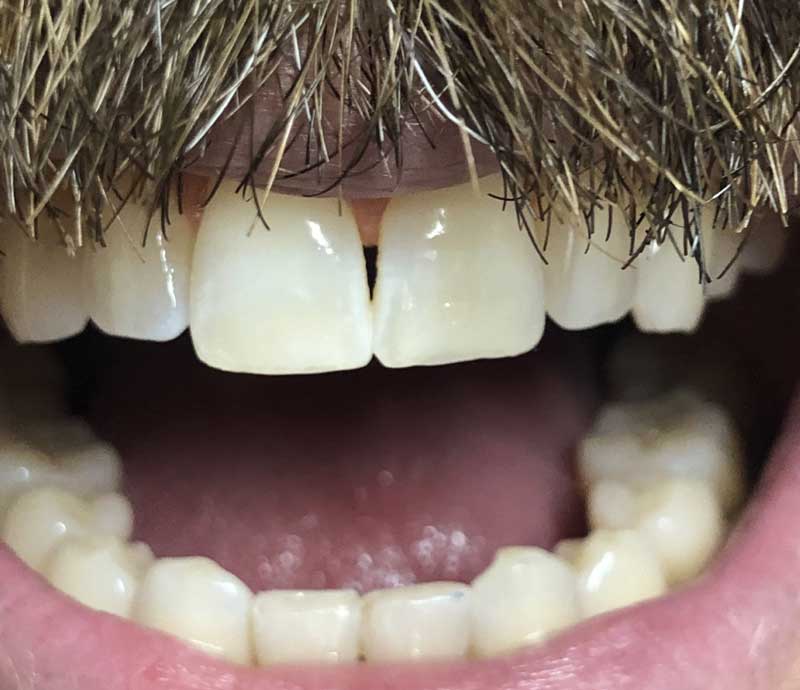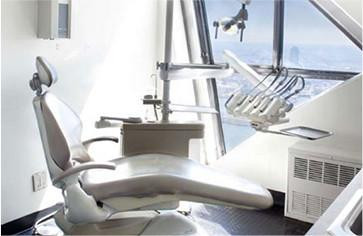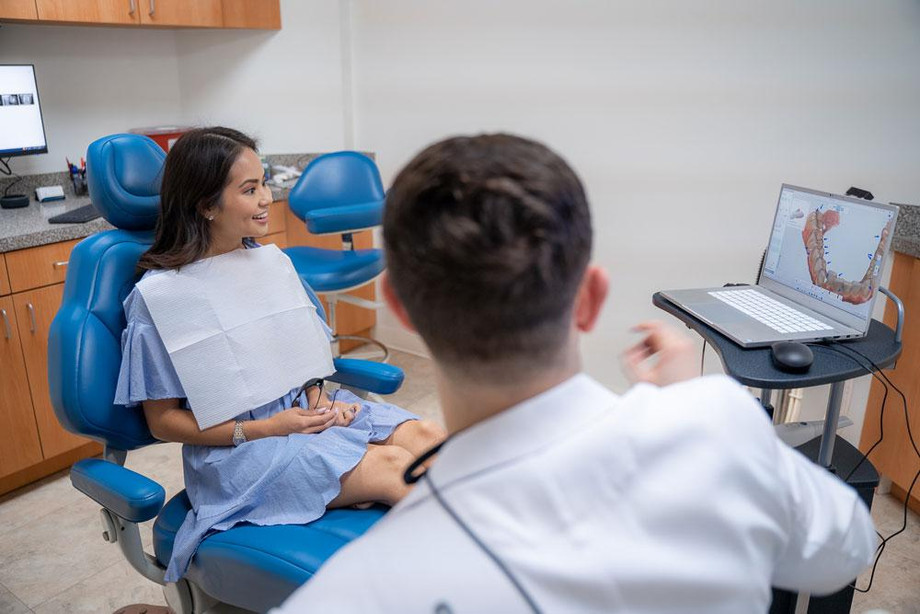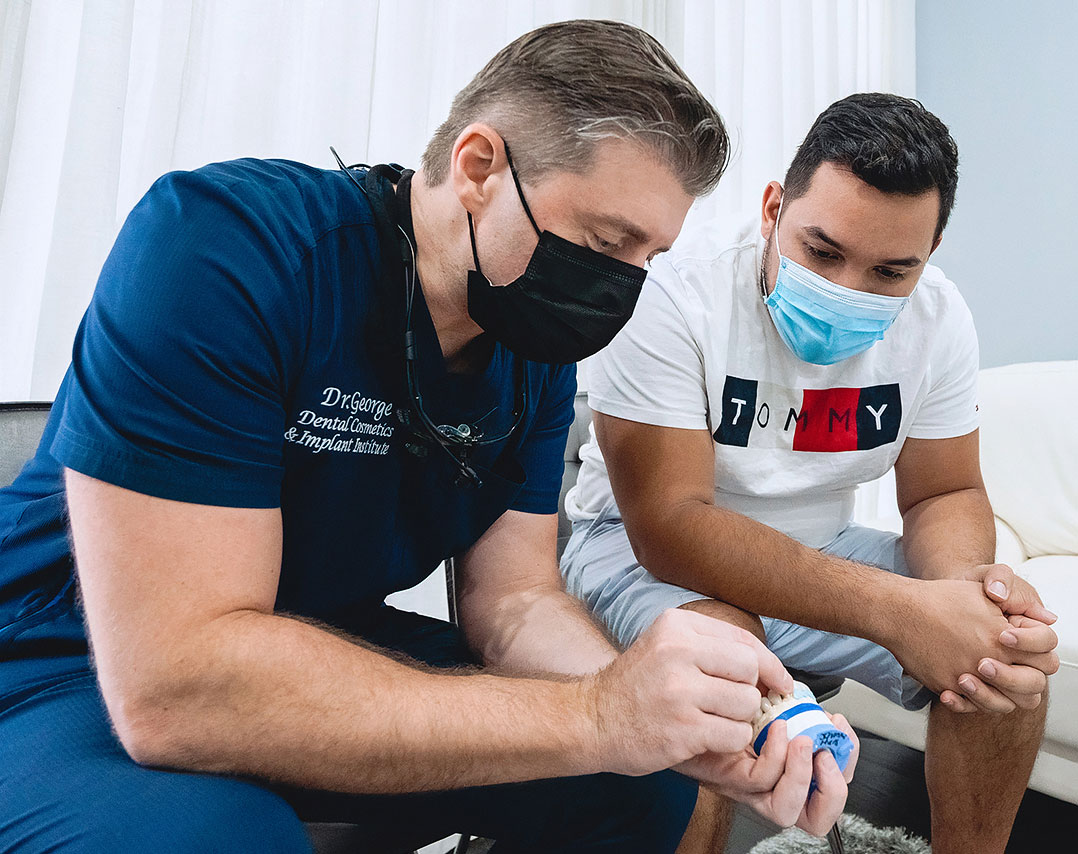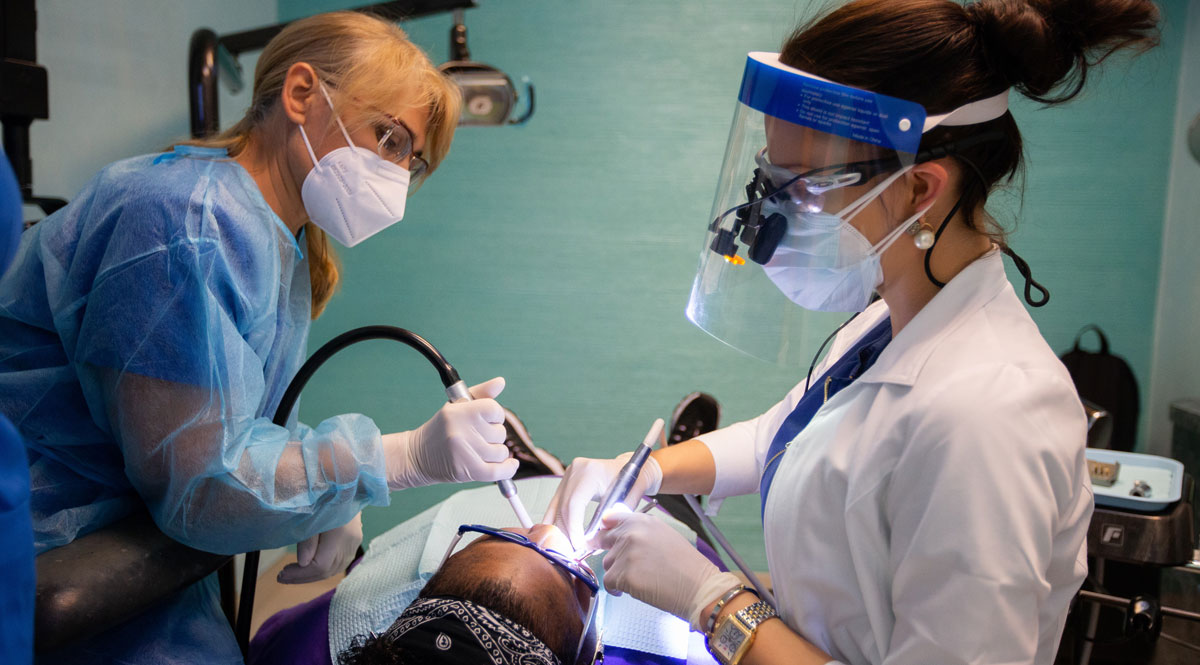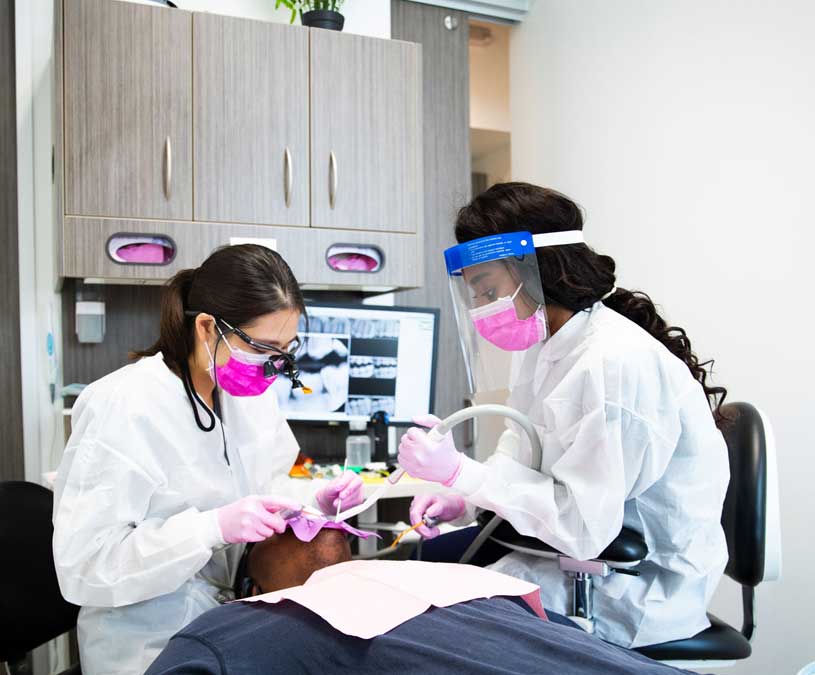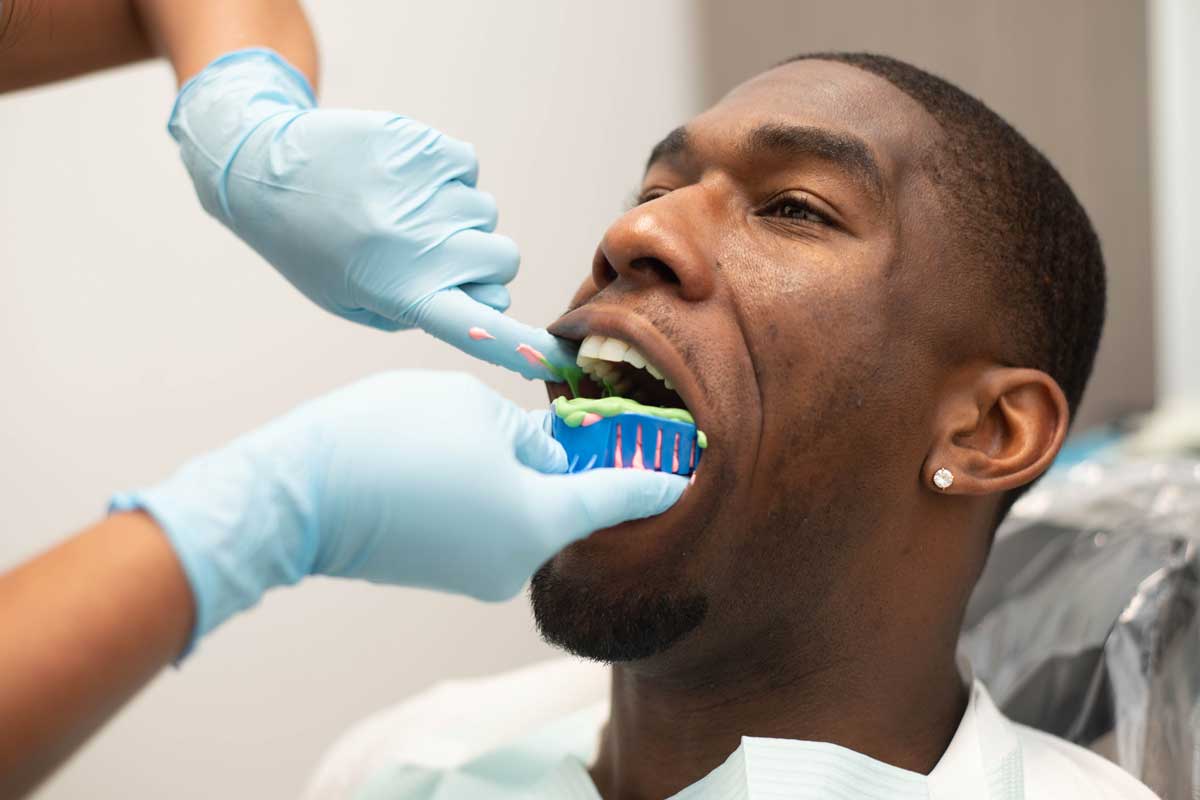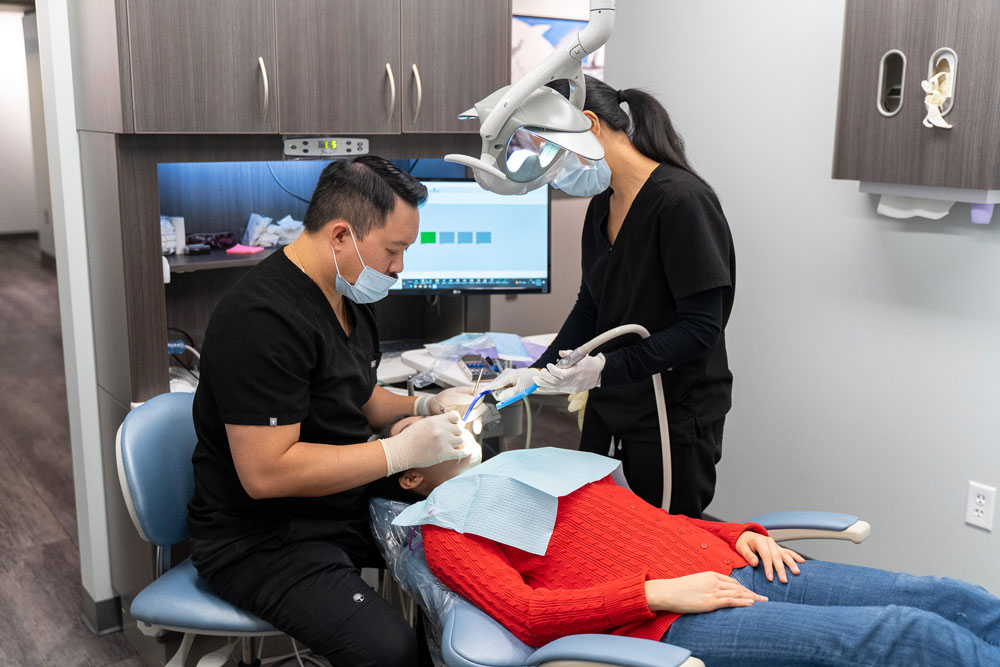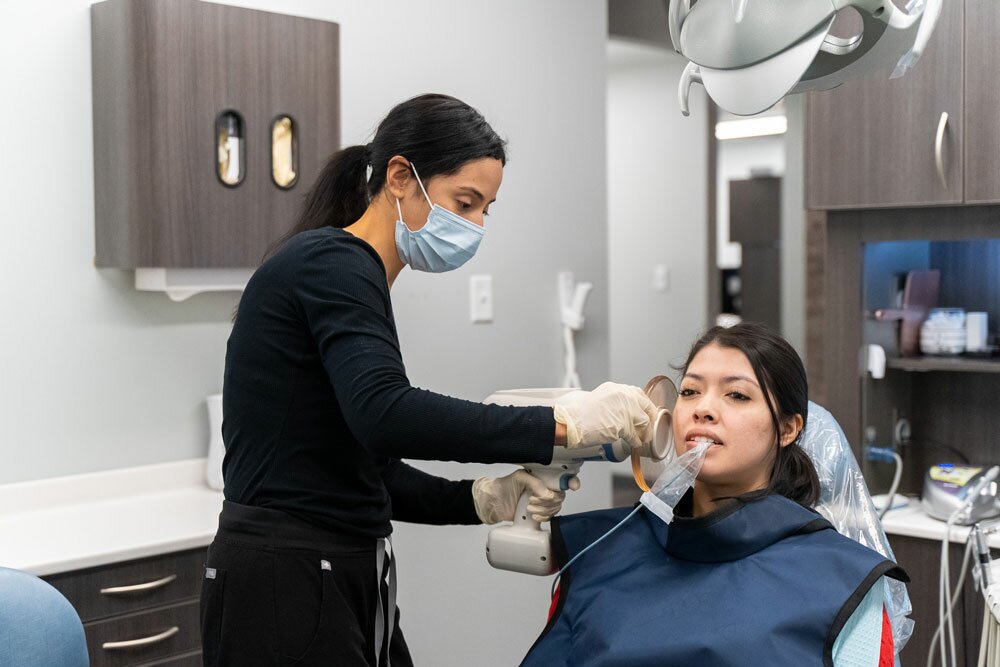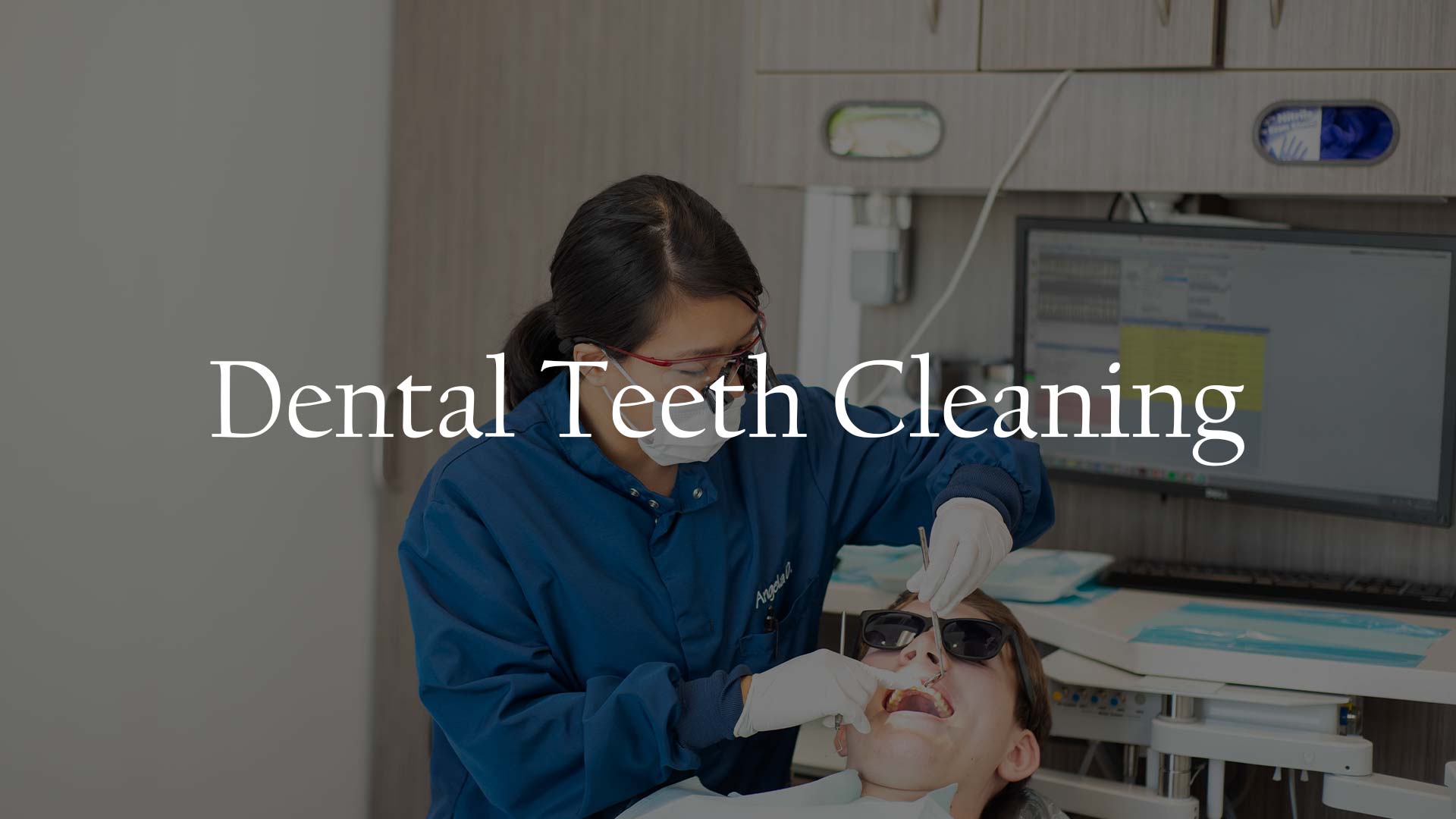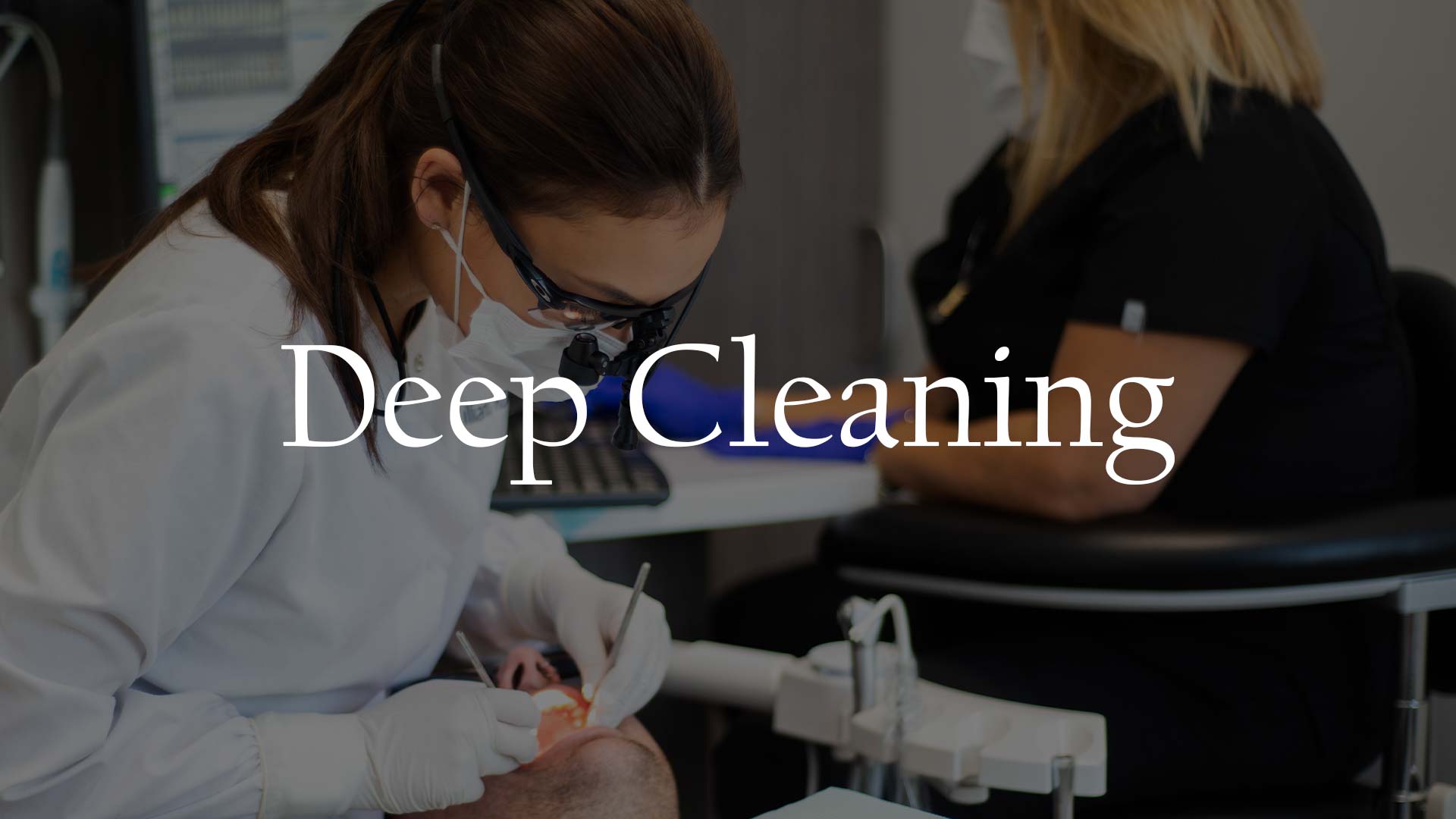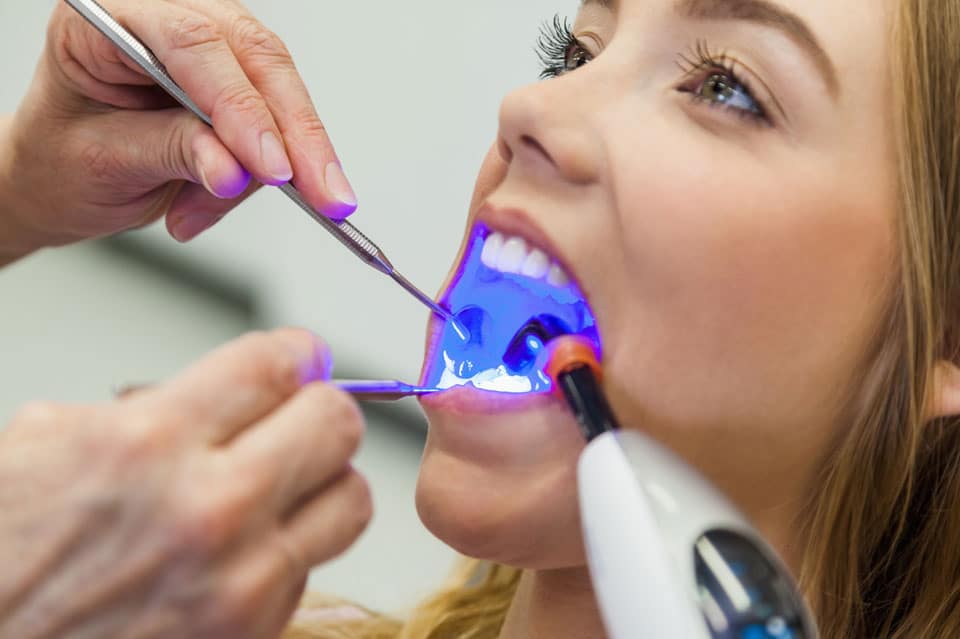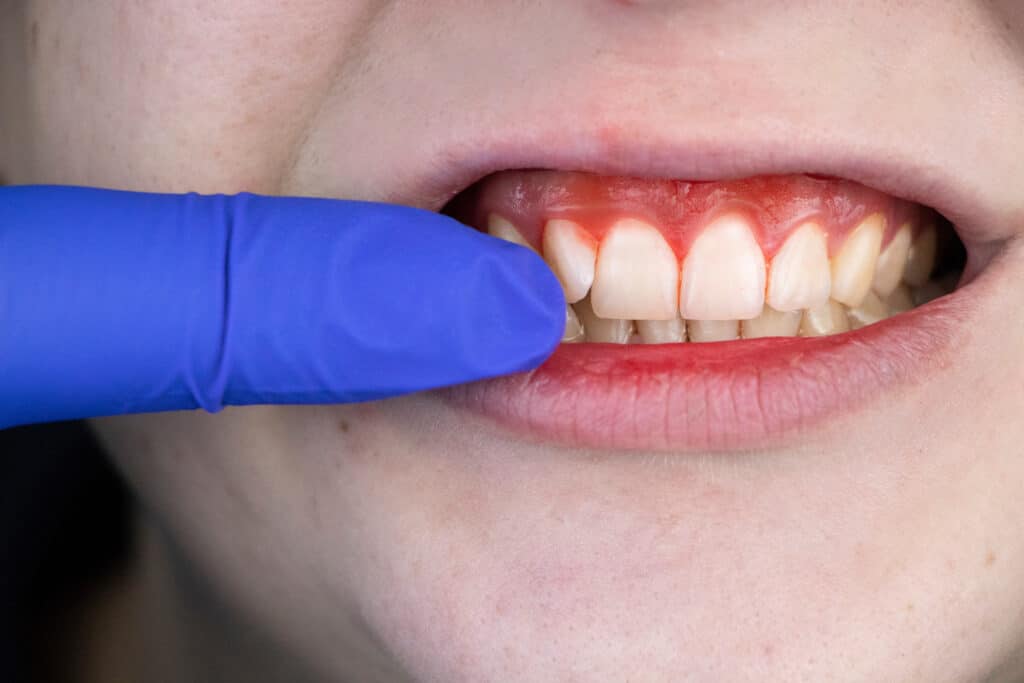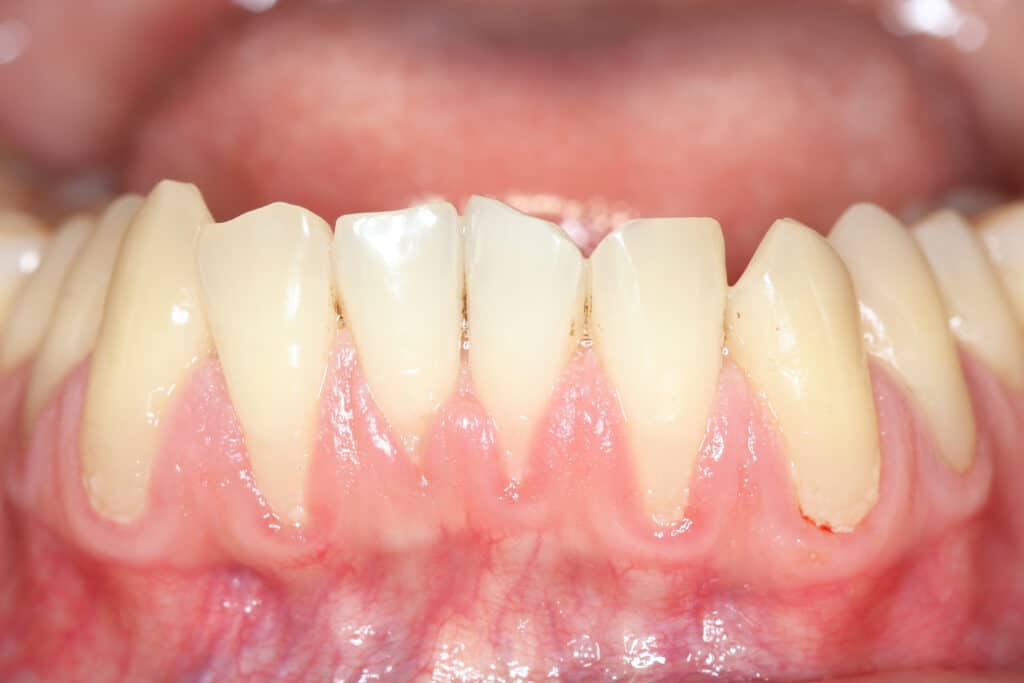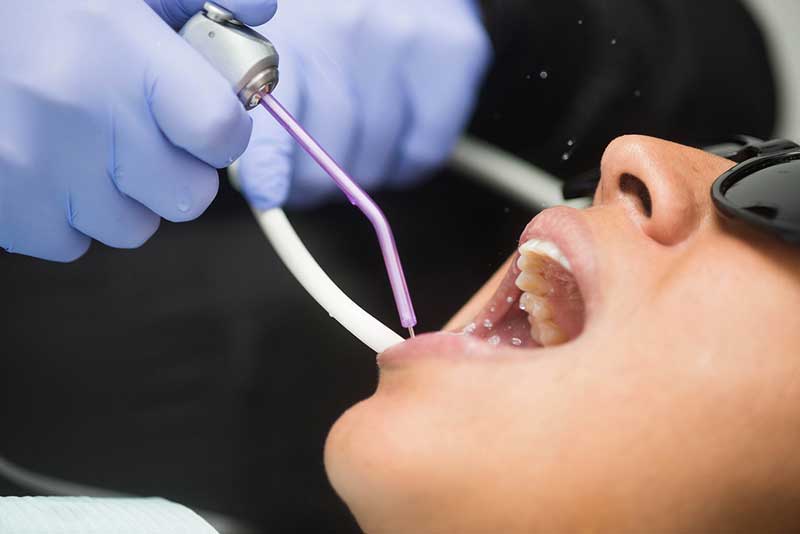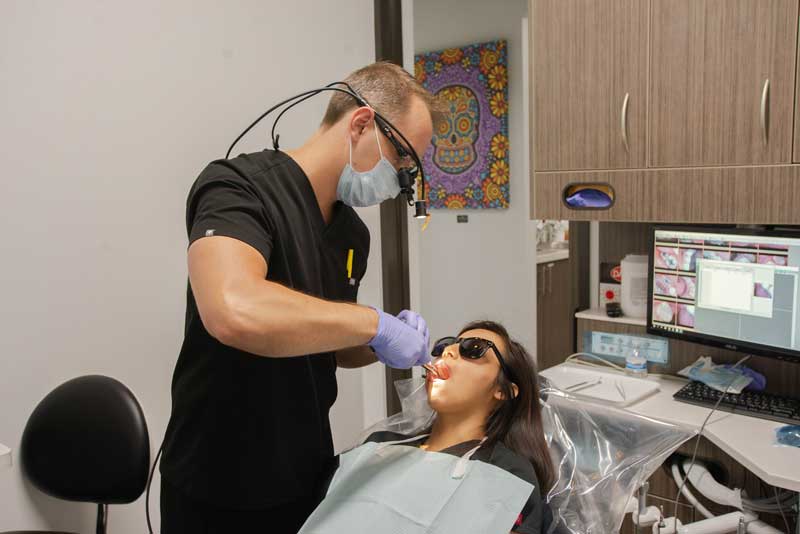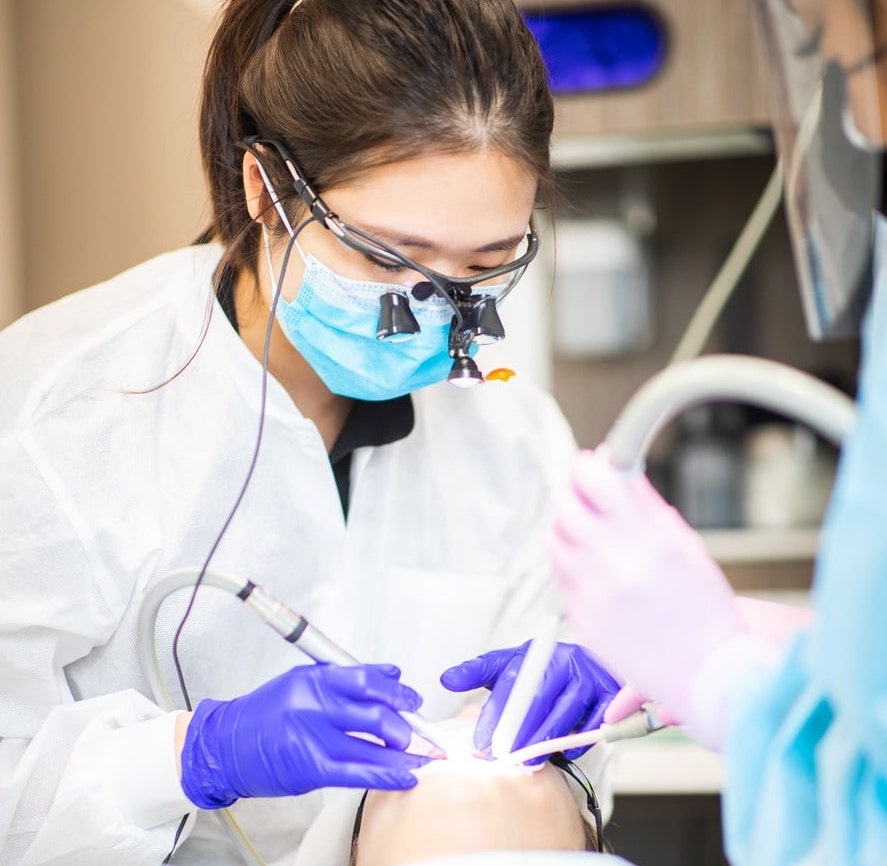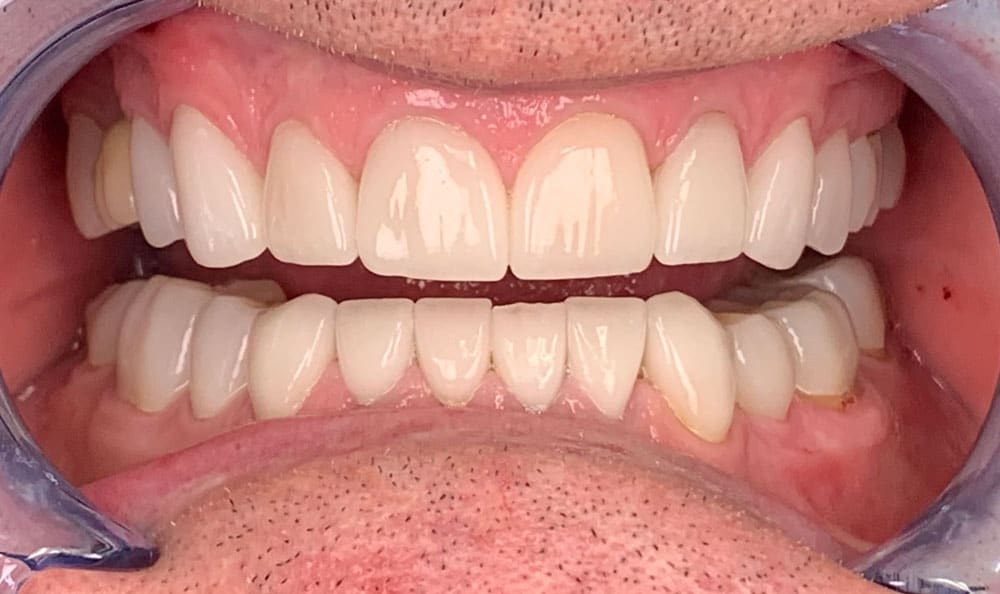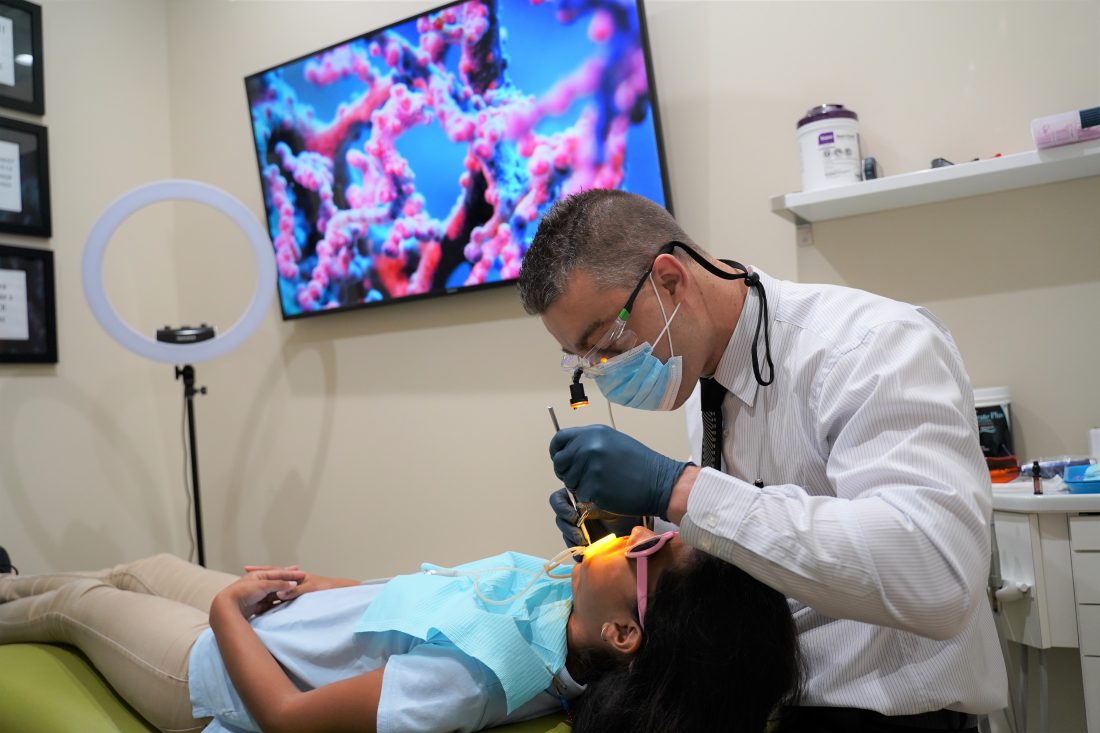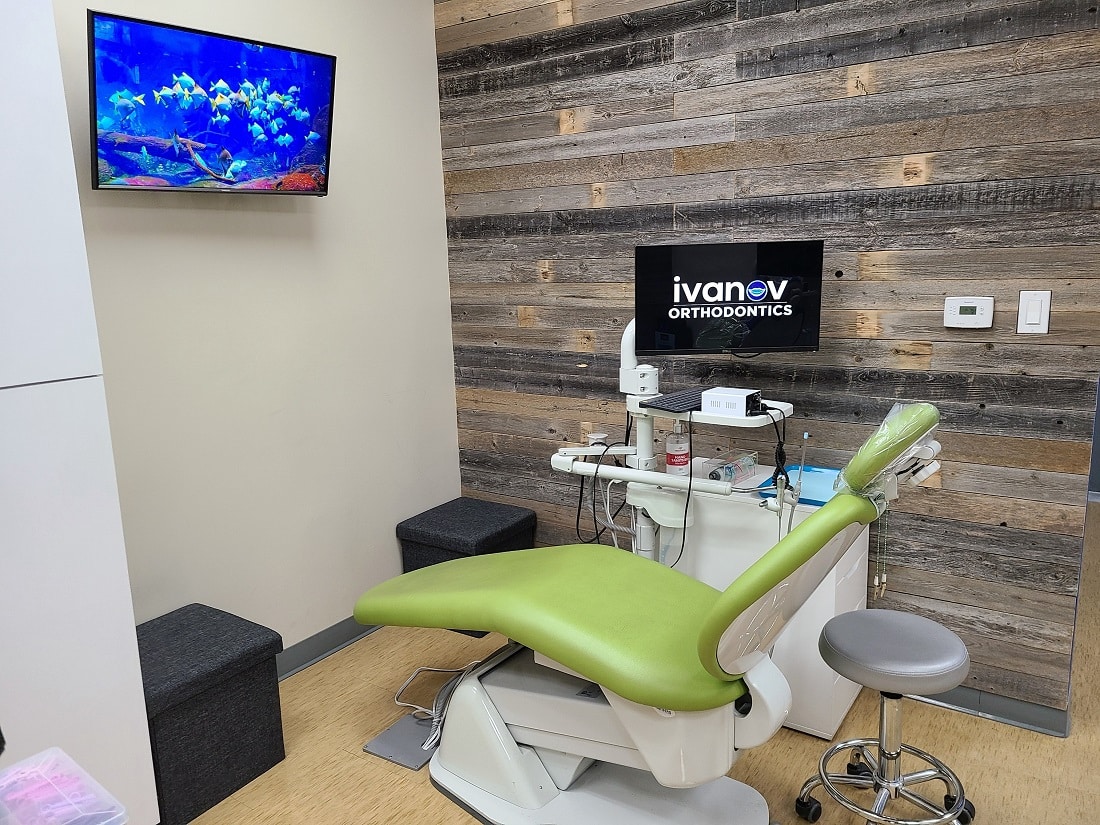Gum disease is usually the result of poor oral hygiene. Brushing at least twice daily, flossing daily, and getting regular dental checkups can significantly improve your oral health. Improving health not only means more exercise, a good diet, and sleeping on time, these do matter for good health, but you often don’t remember about dental health. Many dental professionals acknowledge that keeping oral health is necessary for your mouth and overall health. Visit your walk in dentist near me to avoid the such complication of gum disease.
Healthy gums are essential to keep your mouth healthy. When your gums are healthy, they appear firm and pale pink and fit snugly around teeth, but when they are unhealthy, you may see swollen or puffy gums and bright red or dusky red gums. This is a sign that your gums are sick and need treatment by a Houston dentist.
What Is Gum Disease?
Gum disease can occur at any age and causes gum disease is poor oral health. Gum disease is also called periodontal disease. The first stage of gum disease can be treated easily but ignoring it can be a significant issue and cause other oral problems.
Gingivitis
This is the first stage of gum disease called gingivitis; it is common and can be treated. Many people will suffer at some age. The symptoms include swollen gums, bleeding when you brush, mild pain, and swelling. All these signs are of early-stage of gum disease. These symptoms can be treated if left untreated. The symptoms can worsen and develop into severe gum disease, called periodontitis.
Periodontitis.
This is the advanced stage of gum disease and can be reversed if noticed and treated on time. This stage is worse as it damages the bone and gum tissue. Still, the development of gum disease can be prevented with professional care. Symptoms of periodontitis include:
- Gums receding
- Changes in bite (position of teeth together when you bite or chew)
- Bad breath
- Loose teeth and tooth loss
- Red, swollen gums
- Bleeding gums
- Pain while chewing
The Connection Between Gum Health and Full-Body Health.
Gum disease is common and can be treated with professional care. Still, when you leave the gum untreated, the inflammation in the gums exceeds and breaks down the gums. The gums then become loose and leave the tooth, resulting in tooth loss and collapse of the jaw bone. Visit the best orthodontists near me before you lose your teeth.
When inflammation occurs anywhere in the body, the immune system becomes prudent. The immune system tells the white blood cells in the body about something wrong to activate the fighting cells. The inflammation increases the risk for many health issues like heart disease, diabetes, and mental health. Contact a dentist near me if you have any symptoms of gum disease and treat it.
Gum disease-related inflammation leads to an increased risk of heart disease and high blood pressure. It also affects your mental health. Healthy teeth and gums play an essential role in how you feel. Many people who have lost their teeth due to gum disease tend to smile less and feel embarrassed or ashamed to talk or smile. As a result, they may avoid going to such places, leading to increased separateness. This can lead to mental decline, depression, and anxiety in people.
In Conclusion:
Leaving gum diseases untreated can be harmful and can affect your whole body. `You should visit your Orthodontist Houston as soon as you notice the signs of gum disease.
Article source : https://www.bloggingpalace.com/how-is-gum-disease-harmful-for-your-health/
